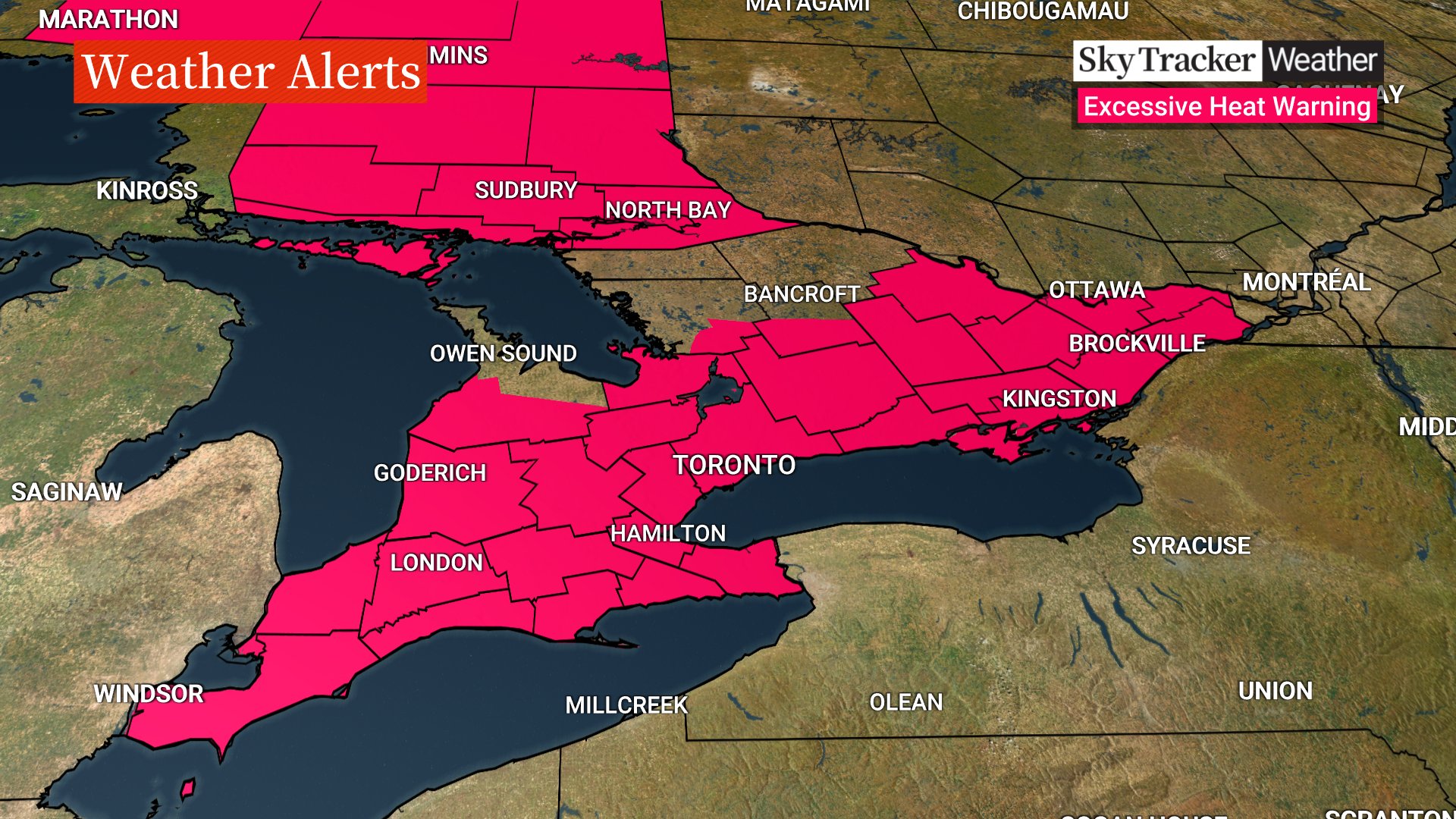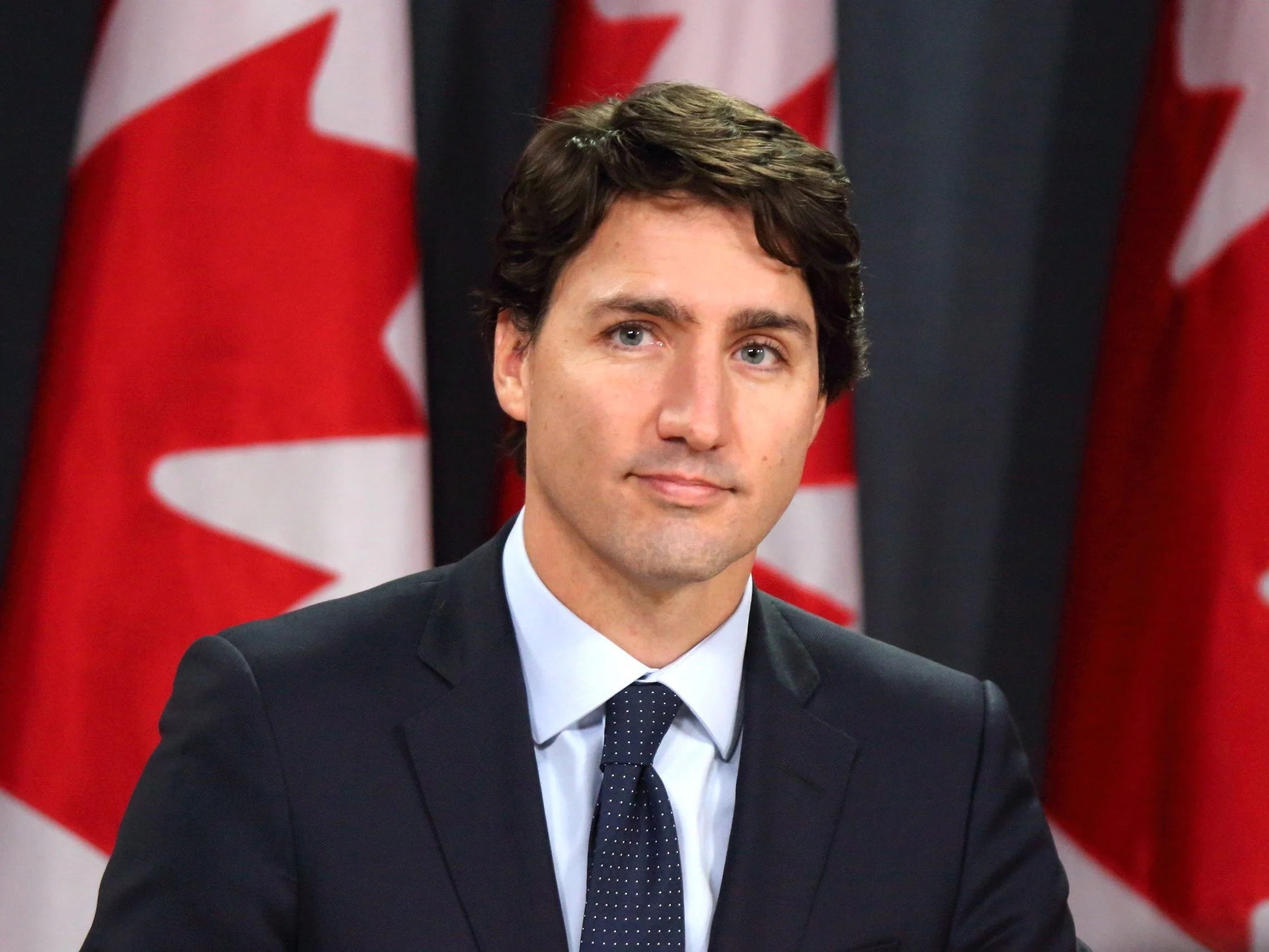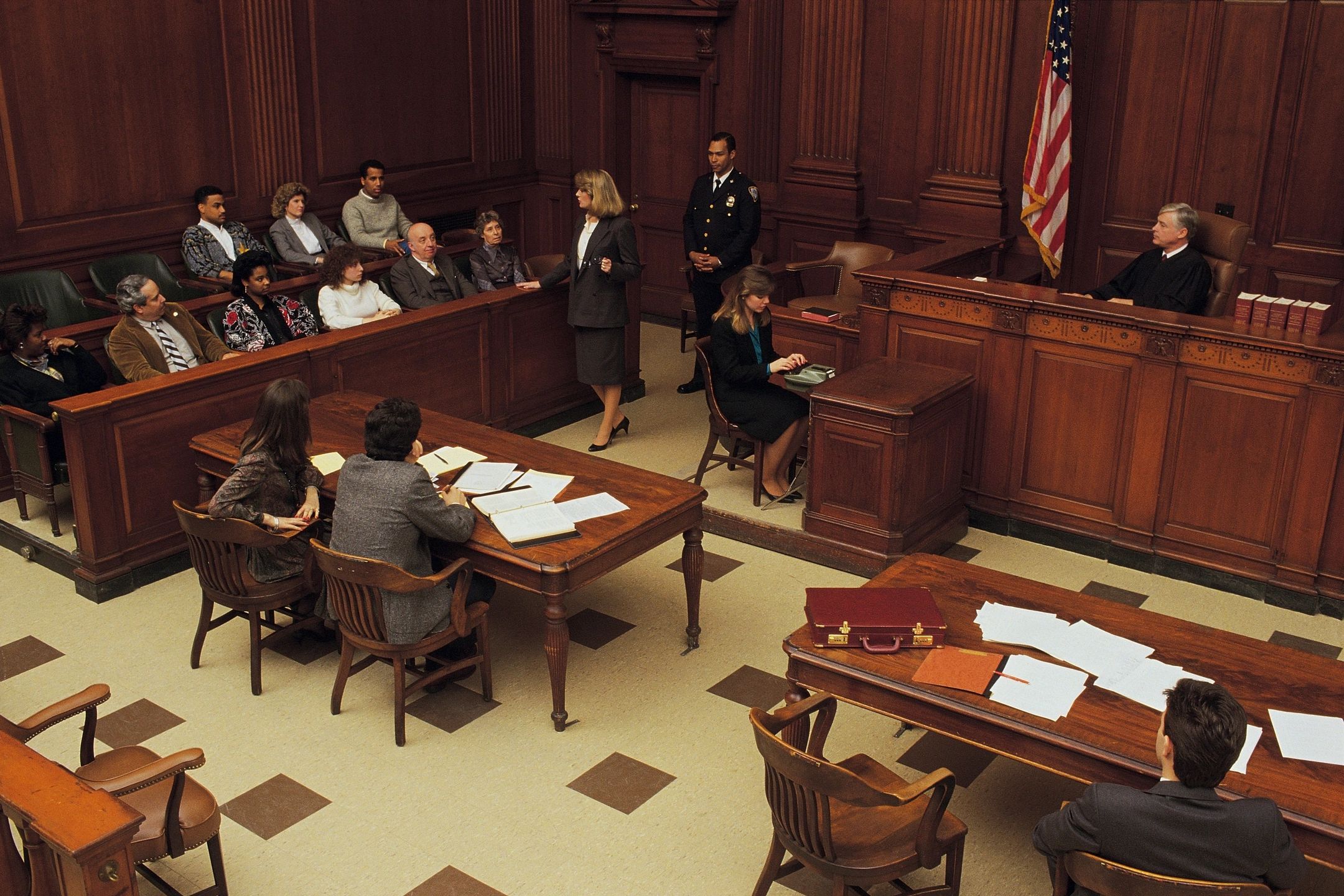After completing her undergraduate degree in New Delhi, Anjalika Kukretti explored postgraduate programs in Canada, Australia, and New Zealand. Opting for Canada, where the financial requirements were comparatively lower and drawn to its reputation as a welcoming nation, the 28-year-old now works in IT sales in Victoria.
Having studied information technology at Conestoga College Institute of Technology in Kitchener, Ont., Kukretti moved to B.C. in 2021. She anticipates a change in perception following the federal government’s announcement of a two-year cap on international student admissions.
“With the cap, it basically gives you guys an indication that you’re not welcome,” said Kukretti.
Federal Immigration Minister Marc Miller emphasized the necessity of implementing caps to curb the proliferation of diploma mills—small private colleges that charge exorbitant fees from international students while providing subpar education.
The imposition of the cap will result in a 35 per cent reduction in new undergraduate study visas this year, allowing 360,000 international students to obtain study permits. Provinces with a higher concentration of international students, such as B.C. and Ontario, may experience a reduction closer to 50 per cent.
While Ottawa has not specified B.C.’s international student cap, the province’s Minister of Post-Secondary Education, Selina Robinson, had already indicated ongoing efforts to crack down on unscrupulous private colleges. These institutions falsely market themselves internationally as reputable schools, only for students to discover upon arrival that the campus consists of an office in a strip mall, and classes are primarily conducted online.
There are approximately 280 private colleges and universities, with the majority located in Metro Vancouver.
Details about the forthcoming enforcement tools cannot be disclosed by Robinson until their official announcement next week. However, the objective is to establish specific criteria for private colleges, enhancing transparency regarding the quality of education they provide.
The upcoming system will empower B.C. to regulate the enrollment of international students at each college and university, irrespective of their public or private status.
Philip Steenkamp, President of Royal Roads University in Colwood on Vancouver Island and Chair of the Research Universities Council of B.C., is part of a working group advising the federal government on a “recognized institutional framework.” This framework includes accreditation guidelines that colleges and universities must meet to be acknowledged as post-secondary institutions. For instance, institutions may be required to provide information on their quality assurance programs, housing strategies, level of student support, and the regular review processes for their programs if such a framework is adopted.
“We’ve heard all kinds of nightmare stories about students showing up in a strip mall somewhere, very rudimentary facilities and with no clear awareness about where the instruction is coming from,” Steenkamp said.
Royal Roads University boasts approximately 1,000 international students, constituting around 20 percent of the student population. The majority, comprising 80 percent, are enrolled in postgraduate programs, indicating that the imposed caps will likely have a limited impact on Royal Roads.
Steenkamp noted that some publicly funded institutions have international student percentages reaching as high as 70 percent. This observation prompts him to question whether the enrollment of international students has evolved into a financial model for generating revenue.
On average, international undergraduate students pay $36,123 in tuition, a significant contrast to the $6,834 paid by Canadian undergraduates, as reported by Statistics Canada.
For the academic year 2021-22, the most recent period with available data, the province registered 176,160 international students in post-secondary institutions. Among them, 81,545 were enrolled in public post-secondary schools, while 94,615 attended private post-secondary institutions.
The count of international students in British Columbia has more than doubled since 2013, surging from 78,000 to the current figure.


